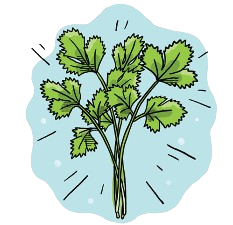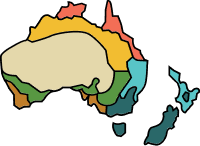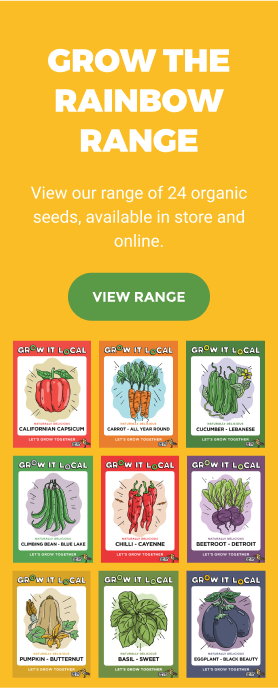Learn to grow microgreens at home, join Grow It Local +
How to grow
Join Our Community
Learn to grow and cook healthy, delicious, organic food at home by joining our seasonal grow-alongs.
Join Our Community
Learn to grow and cook healthy, delicious, organic food at home by joining our seasonal grow-alongs.
Growing Tips and Tricks
Location:
Coriander prefers a sunny location with partial shade, especially in hot climates. Choose a spot in your garden or on your balcony/patio that receives 4-6 hours of sunlight per day. The soil should be well-draining and rich in organic matter.
Watering:
Coriander plants require regular and consistent watering, especially during dry periods. Keep the soil evenly moist but not waterlogged. If it feels dry, it’s time to water. In hot weather, you may need to water daily. As the plant matures, it may require more water.
Common Problems:
Bolting: Coriander is prone to bolting, which means it sends up a tall flower stalk prematurely and goes to seed. To prevent bolting, plant coriander in cooler weather or provide partial shade during the hottest part of the day.
Pests: Watch out for common garden pests like aphids and spider mites. Regularly inspect your plants, and if you notice any pests, treat them with insecticidal soap or neem oil.
Diseases: Coriander can be susceptible to fungal diseases. To prevent this, avoid overhead watering, as wet foliage can promote disease. Water at the base of the plant instead.
Coriander leaf miner: This pest can cause significant damage to coriander leaves. If you notice tunnels or mines on the leaves, remove and destroy the affected foliage to prevent the spread.
Background
The name ‘cayenne’ is derived from the city of Cayenne in French Guiana, which was a major trading post for chillies in the 18th century. From there, the chilli’s popularity grew, and it became a staple in various culinary traditions worldwide.
It’s believed that chillies are one of the world’s oldest cultivated plants, with a rich cultural heritage in South and Central America going back thousands of years. Indigenous peoples, including the Aztecs and Mayans, were among the first to cultivate and utilise this fiery spice in their cuisines and traditional medicine.
The voyages of Christopher Columbus introduced chillies to Europe where they quickly spread across the globe through trade and exploration. Portuguese and Spanish traders played a significant role in dispersing chilli peppers to Asia, Africa, and beyond during the 16th century.
Here’s a fun fact for you: Did you know that birds are immune to chilli?
Health Benefits
Eating homegrown, organic chillies is good for you!
Chillies pack a spicy nutritional punch thanks to their active compound, capsaicin.
Capsaicin has been linked to pain relief, improved metabolism, and weight management. Chillies may enhance heart health by reducing blood pressure and cholesterol levels.
They boost immunity with their rich vitamin C content, promote digestion, and have anti-inflammatory properties.
Additionally, the heat from chillies can trigger endorphin release, contributing to a sense of well-being. Go easy though, excessive consumption or sensitivity may cause digestive discomfort.
Patch to plate
Coriander is an incredibly pungent and flavour packed herb. While it might not be everyone’s cup of tea, those that do love it will use it liberally!
Here’s some culinary inspiration to get you excited about using your own homegrown coriander!
- To add a big hit of flavour and freshness to a curry.
- With some sour cream on top of your favourite pumpkin soup recipe
- Served with chilli and lime to add a zesty punch to mexican food.




